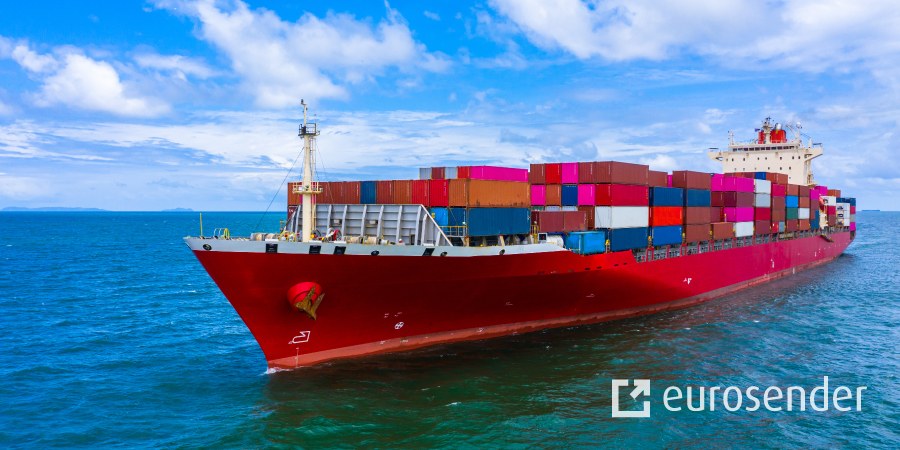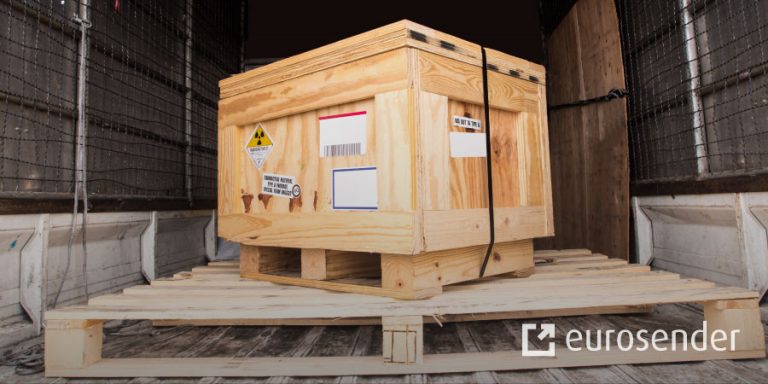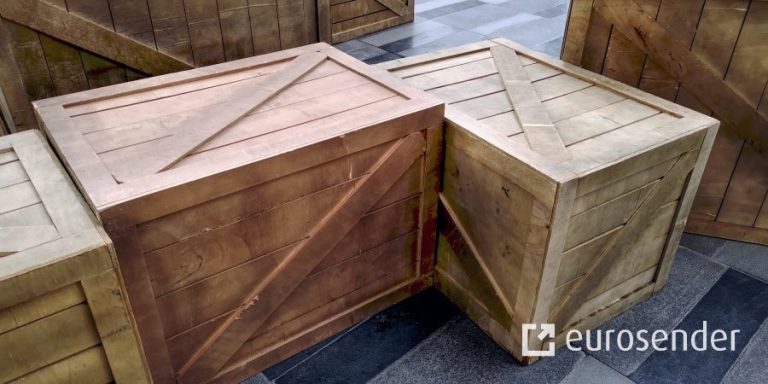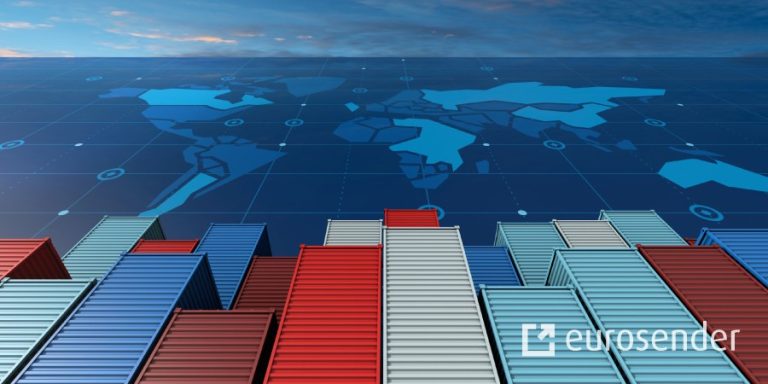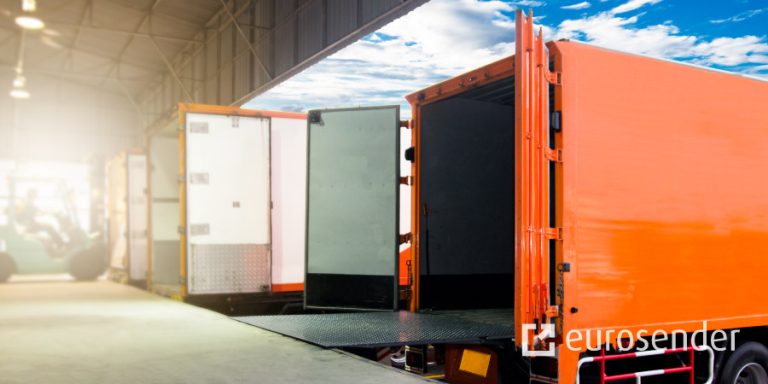What Happens to Shipping Containers Lost at Sea? What Should I Do If My Cargo Is Lost?
TL;DR
- Annually, about 1,390 shipping containers are lost at sea, with 2019 seeing around 16,000 lost, though this is a small fraction of the total shipped.
- Causes include improper loading, misdeclared weights, and extreme weather; 64% are due to catastrophic events.
- Lost containers may lead to salvage operations for hazardous materials; otherwise, they sink and may wash ashore for years.
- To handle lost cargo, document everything, file claims promptly, and ensure proper insurance coverage for potential losses.
It may be one of the cheapest and safest way of transporting goods, but improper packaging and damage onto the cargo may result in the container to sink in the sea. Then you might wonder, what happens to the cargo containers lost at sea? Were there many containers lost at sea in 2019?
Create an account for free!
What happens to shipping containers lost at sea? What should I do if cargo falls off the ship?
Sea and ocean freight accounts for around 90% of all international freight shipment, with 55.000 vessels on the sea at any one time. It’s no surprise that of hundreds of millions of shipping containers transported by sea each year, not all arrive safely to their destinations. So, what happens to shipping containers lost at sea? Eurosender explains how to receive compensation for fallen freight and the measures your business can take if the cargo falls off the ship.
You may also be interested in:
How many cargo containers sink at sea?
According to research conducted by the World Shipping Council, on average 1,390 shipping containers are lost at sea each year, whilst in 2019 there were approximately 16,000 lost cargo containers. While estimates have varied in recent years due to different reporting measures across different countries, this statistic has even exceeded 10,000 containers falling to the bottom of the ocean every year. One major reason for the lack of accurate information is that lost containers are not noticed or reported until the ship reaches port and inventory is taken. If the container does not contain dangerous or hazardous materials, there is no obligation for the vessel itself to report containers lost at sea.
While the number of cargo containers lost at sea in 2019 might seem quite high, you’ll be happy to know this only accounts for one-thousandth of 1% of the 130 million containers shipped each year. Sea shipment is one of the safest, cost-effective and environmentally friendly options for businesses transporting large amounts of goods internationally.
Read more about:
- What is a container?
- What is a Full Container Load (FCL)?
- What is Less than Container Load (LCL)?
- What is the difference between containers and pallets?
How are shipping containers lost at sea?
While 64% of containers lost overboard are caused by catastrophic events, the rest were for reasons which could have been easily avoided.
Throughout an international shipping route, sea containers are handled by many different entities, as well as the vessel itself, each playing an important part in minimising the risk of containers falling overboard. These include:
- Suppliers and businesses who load the cargo
- Truck drivers who deliver the cargo to the warehouse
- Drayage companies who move cargo from the warehouse to the terminal
- The origin terminal
- The transhipment terminal
- The arrival port terminal
- Customs officials and customs warehouses
- Truck drivers transporting containers from the port to the final destination
Cargo losses as a result of negligence are most commonly caused by:
- Improper loading and unloading of containers including failure to check and secure lashing equipment, issues with hoisting cranes, poorly stacking containers and poor arrangement of weight distribution. When incidents occur during this stage or during port storage, the Port Authority is responsible for a compensation of the container and cargo.
- Failure to accurately declare the container’s weight can result in containers being loaded and stacked incorrectly, also leading to containers falling overboard during loading or at sea. It can also lead to improper stowage planning if the Port Authority is misinformed of the container’s actual weight.
- Improper packing of goods inside containers causes goods to move around inside, causing issues with weight distribution during loading and unloading and depending on the weight of the goods inside, can also result in fallen freight.
- When at sea, container ships are known to tilt and ship listing can be often be avoided by addressing the reasons mentioned above.
- While proper man-made steps are essential, weather conditions and catastrophic events also contribute to loss of cargo overboard. As climate change has contributed to a rise in sea levels and extreme weather conditions, the likelihood of shipping accidents at sea and lost cargo has also increased.
- A most recent example was in January 2019, when 396-meter-long container ship MSC Zoe lost over 300 containers –some containing hazardous material, in rough seas on its journey from Portugal to Bremerhaven, Germany. Many of its lost containers sank, however, some of its cargo was found along the coast of the Wadden Islands, in the Netherlands.
So, what happens when a container falls overboard during transport?
Depending on the type of material inside the shipping containers, and the scale of the incident investigation a salvage operation can take place to minimise the impact on the environment, recover the lost cargo and determine the cause of the incident.
Due to the hazardous material onboard and the clean-up involved, a criminal investigation was launched into the MSC Zoe incident and still continues. This is an extreme example of what can happen; however, it is important to bear in mind the impact, for both businesses and the environment, of failing to take the appropriate measures to avoid such disasters. In this case, it has alleged that proper stacking and securing of shipping containers onboard might have caused the vessel to lose so much cargo, particularly because they fell from the middle part of the ship. More often in rough sea containers are lost from the outer edges, rather than places where they are secured by surrounding containers.
If you have lost a large number of containers, a salvage operation might be necessary to retrieve lost cargo and avoid further criminal action due to environmental pollution. Marine salvage of fallen cargo containers is an expensive and lengthy task, and salvage companies charge thousands and cannot always guarantee that all goods will be recovered. In most cases, goods are damaged and unfit for use, which is why it is always important to ensure your cargo are insured. In other cases, containers are unable to be located especially in deep sea. While refrigerated containers offer much more buoyancy and drift for much longer, most cargo containers will sink to the sea or ocean floor within around 2 months.
Cargo inside lost containers can continue to wash up on shores for years after the incident. In 1997, a vessel carrying containers of Lego was hit by huge waves and to this day, hundreds of Lego bricks are found washed up on the shores of Cornwall, England.
You might be surprised to know; it is illegal to take any goods found washed up on the beach. If cargo is found from shipping containers washed overboard, it must be reported as the contents still belong to the shipper or to the insurer if a claim was lodged and settled.
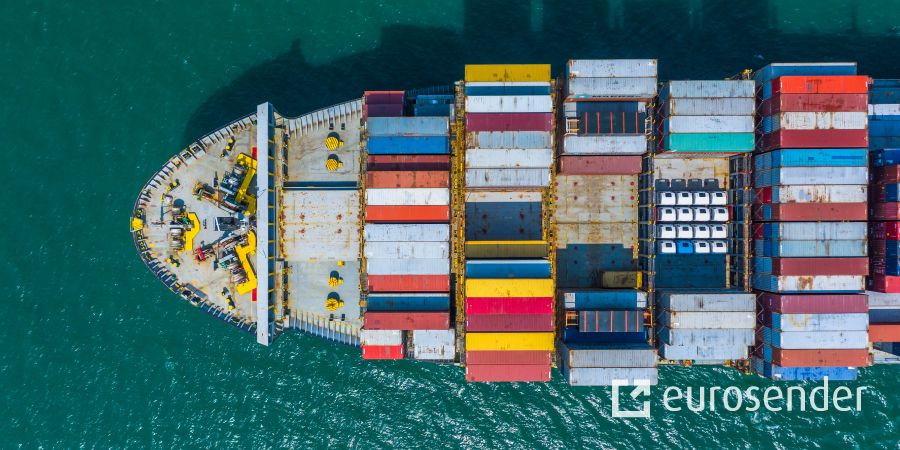
My shipping container has been lost in transit, who is responsible and what should I do next?
If you are a business who chooses to ship goods by sea and road freight, it is absolutely essential to ensure you have the right insurance in case these accidents occur and you lose cargo at sea. Although liability largely depends on how the container was lost, carriers have can have limited liability which may not guarantee you the entire cost of lost cargo.
If you are the receiver and your container is lost or damaged on route, you should:
- Never sign the bill of lading before you take inventory of your shipment and inspect your freight for damage and missing parts.
- Determine exactly what is missing and damaged and record all details, take photos if necessary. The more documentation, the better.
- Make notes of missing cargo and damage on the Bill of lading and notify the carrier as soon as possible. Carriers can try to salvage, redeliver or return the freight, so it is essential to communicate shortages to ensure other parties not profiting from your loss.
- Never refuse or discard damaged freight, and keep all damaged freight intact if possible – or you may not be compensated for the full freight amount.
- Complete the proper freight claim paperwork, as it is a legal request to the carrier for financial reimbursement to the shipper. You must file a claim, and the carrier must then acknowledge the claim within 30 days of the claim being lodged.
- A receiver should report any shortages to the carrier within 10-15 days of receiving the load.
- Pay the freight bill as soon as possible, as the shipper is still responsible for the payment of transport even if they are damaged or lost at sea. The insurance company will process the claim.
- Keep all necessary documents, including copies of the Bill of Lading, the freight bill, the invoice stating the amount paid for the goods, packing slips, all claims documentation and photos if necessary.
What about if my freight was lost or damaged during road transport?
Throughout Europe, it is important to note that carrier liability between national and international road freight is covered by different guidelines.
For international road freight, all countries in Europe have adopted the same legislation according to the Convention on the Contract for the International Carriage of Goods by Road (CMR convention 1956).
If a carrier is responsible for freight lost or damaged during transport, the carrier covers up to approximately 11 euro (8.33 SDR) per kilogram of damaged or lost goods.
For national road freight, legislation varies from country to country, so it is important to check this according to your own selected route for detailed information.
In any case, if your business cannot afford the loss insurance is critical and remember to take necessary precautions when packing and securing cargo to avoid lost cargo from road freight.
Is Sea, Road or Rail Freight right for my business?
Eurosender gives you fast and reliable international freight transport of your container or bulk shipment. Depending on your needs, this could include a combination of services:
- Sea freight is a great cost-effective option for businesses who need to ship large quantities of goods across long distances all at once, it might not be the best option if your shipment is time-critical.
- Rail freight is perfect for businesses who are looking for high-speed delivery for shipping cargo containers with large quantities over long distances, especially inland from any major port in Europe. Rail freight options are ideal when shipping raw materials such as coal, metal, etc.
- Road Freight services, like our Full Truckload Shipment services (FTL freight shipping) can ship up to 10 or more pallets at a time and is great for businesses shipping fragile and high-risk items. You can place an order for FTL shipping now and get an instant price.
Still unsure which service is right for your business? Our dedicated team of experts are on hand to guide you through the process and discuss your shipping needs. Contact us by phone, email or live chat.
Want to know more?
Check our articles that explore different topics within the logistics industry.
Create an account for free!
About the author
